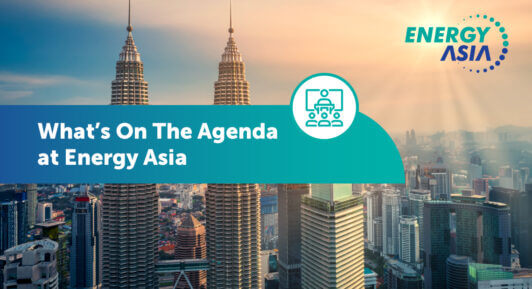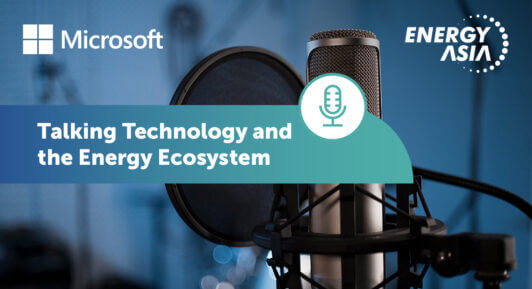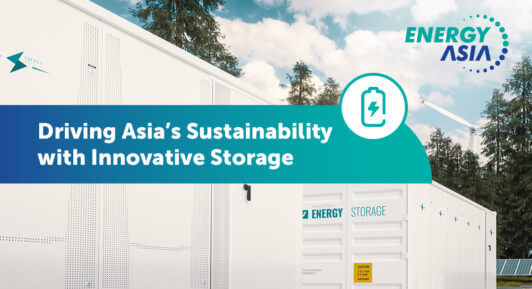Energy Made Efficient: How it Helps Reduce Carbon Footprint
Energy is the lifeblood of businesses and industries, it powers manufacturing processes, fuels transportation systems, and supports the operation of countless technological advancements. But we need to make that process more efficient.
Although more than 140 countries accounting for ~91% of greenhouse gas (GHG) emissions have already proposed or committed to net-zero carbon emissions by mid-century, we need to act quicker to achieve the net-zero target of global energy-related carbon dioxide emissions by 2050. Ultimately, climate change is an energy problem, but energy produced and consumed – when efficient – unlocks the door to our planet’s deep decarbonisation efforts.
Energy efficiency, in particular, stands out as a catalyst for Asia’s sustainable shift towards a net-zero future. The Asia Pacific region (APAC), now accounts for more than half of global energy consumption, making the transition to energy-efficient processes and low-carbon energy sources paramount.
Energy Efficiency and Digitalisation
Saving energy through efficiency is one of the simplest ways of reducing carbon emissions. Energy efficiency plays a vital role in promoting a cleaner energy transition on a larger scale. For instance, using smart and efficient electricity helps speed up the shift towards cleaner power and supports the integration of renewable energy sources. Transitioning from heavy to lesser energy-intensive industries contributes to the overall system efficiency. Energy efficiency benefits everyone. It not only lowers energy costs for individuals but also reduces the energy import expenses of entire nations.
Focused on using less energy to perform the same task, energy-efficiency measures—made even more efficient with smart digital technologies like sensors and smart metres—revolutionise the way we harness and utilise energy. Readily used in all end-use energy sectors, digital technologies change the way energy is supplied and consumed. The expansion of high-speed communication networks enables the digitalisation of our homes, businesses, and transportation systems to hold immense potential for boosting energy efficiency, in three steps:
- Data Gathering: Technologies like smart metres or sensors (e.g., using GPS tracking) capture detailed data on energy consumption and climate.
- Data Analysis: Powerful computers and AI algorithms analyse the data to generate insights on optimising energy usage. Some examples include digital ‘twins’ of industrial plants and the on-board car computers optimising processes.
- Physical Environment Adaptation: Connected energy-saving devices—either requiring human intervention or automatic—now incorporate technologies that instantly optimise energy usage based on the digital signals. We see this application in industrial facilities that utilise smart actuators and drives controlled by advanced energy management systems.
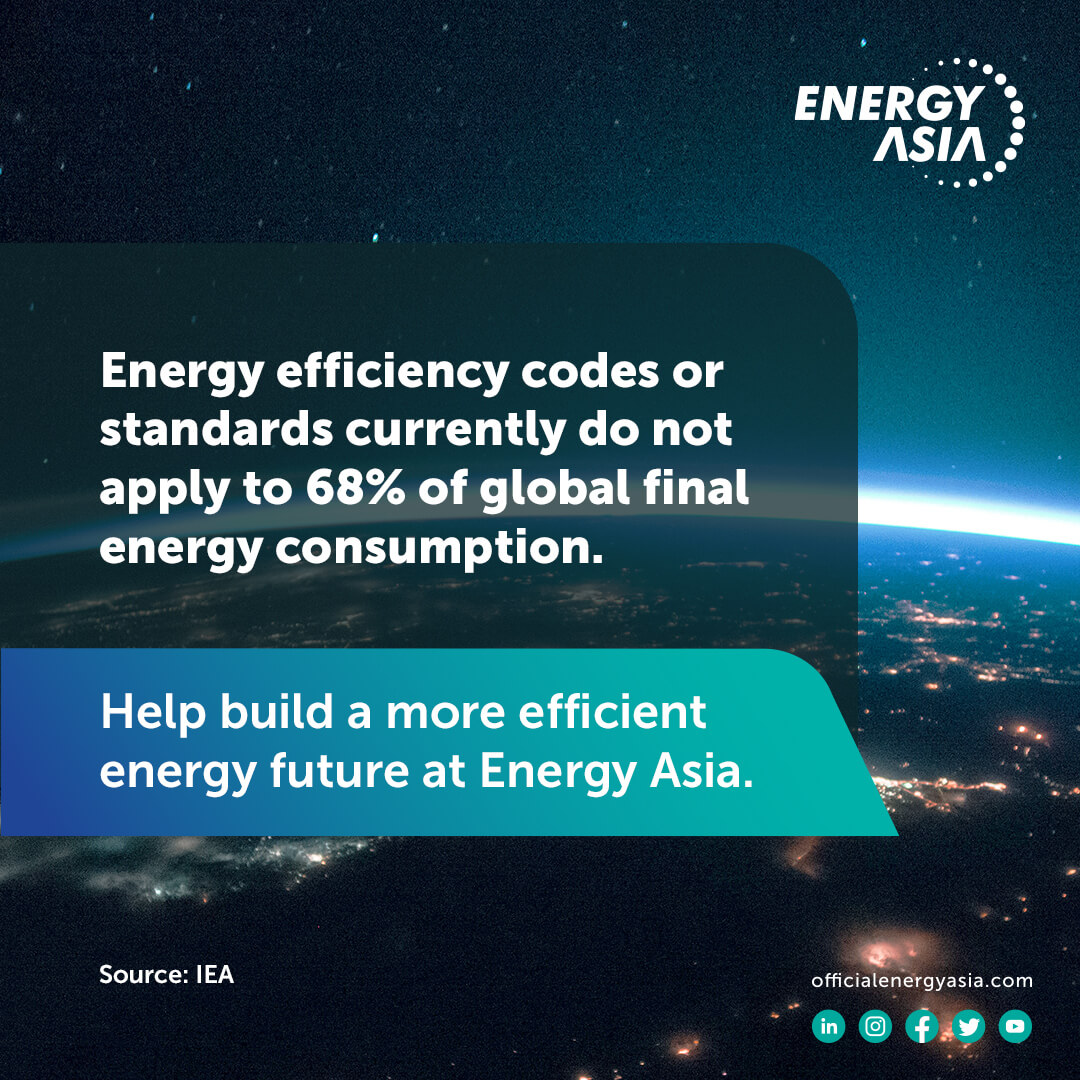
From electric vehicles powering our streets, innovative new solar cells lowering the cost for solar cells to the emergence of digitally enabled, grid-integrated technologies like smart metres and sensors, the potential for efficiency is abundant.
But it also remains untapped.
According to the IEA, energy efficiency codes or standards currently do not apply to 68% of global final energy consumption. Among the many factors behind energy efficiency’s slow take-up are credited to the slow response by governments in implementing updated energy policies, alongside energy efficiency investment opportunities which are too often neglected.
Efficiency is key to realising five mutual strategic aims for governments across the world as singled out by the IEA. Top of the list is macroeconomic development, followed by public budgets, health and wellbeing, industrial productivity, and energy delivery, notwithstanding reducing GHGs and cutting back carbon dioxide (CO2) emissions.
Efficiency also lacks the glamour of grand initiatives and groundbreaking solutions. Even if it proves effective, the savings it generates can be overshadowed by rising energy prices. Additionally, the results often accumulate over extended periods, making it harder to justify immediate spending. However, the IEA emphasises that considering the multiple benefits approach can yield quicker returns on investments than commonly perceived.
Being the single largest measure to mitigate excessive energy demand in achieving net-zero emissions goal by 2050, energy efficiency works hand in hand with other measures like electrification, behavioural changes, digitalisation, and material efficiency. Together, these measures determine the global energy intensity, which measures how much energy is needed to produce a unit of GDP. It serves as a vital indicator of the economy’s energy efficiency.
Against a backdrop of heavy reliance on fossil fuels, inadequate policy frameworks coupled with varying rapid economic growth and urbanisation across the continent, it’s clear that Asia’s nonlinear path forward towards sustainability is one that will require comprehensive system transformation. It will require all stakeholders to come together, where intra- regional collaboration and international support is essential.
Energy Asia serves as a dynamic platform for engaging in thought-provoking discussions on energy efficiency and other measures with a focus on ensuring a just energy transition for Asia. This forum brings together leaders to ignite important discussions and drive progress in crucial areas such as carbon capture and storage, as well as the rapidly growing hydrogen industry. Through collaboration and synergy, Energy Asia empowers the region to advance its energy transition and pave the way for a sustainable future.

